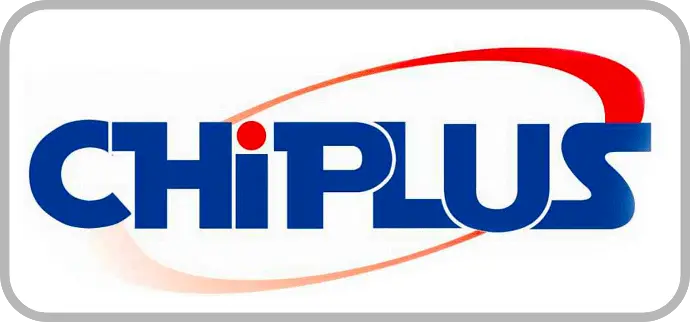Arcotek's supports STT-MRAM products that include Parallel and Serial Interface in discrete packing as well as in KGD (Wafer form).
STT-MRAM is a Non-Volatile Random-Access Memory device. It functions like an SRAM offering High Speed, High Endurance, and byte Access in addition to storing like ROM/FLASH with a non-volatile long Retention Time.
The addition of a Magnetic Tunnel Junction (MJT) layer in STT-MRAM makes the data stored in this layer non-volatile. It enables smaller cell size, small write consumption, and no disturbance to adjacent cells’ magnetic moment during write, compared to older MRAM technologies. It is also more scalable to lower geometry nodes.
STT-MRAM is one of the best unified memory solutions for Code Storage, Working Memory, Data Logging, and Back up Memory. It offers High Endurance, Long Retention, Fast Access OTA update, Fast Access Low Latency, and Instant Backup. It can replace FRAM, psRAM, SRAM, nvSRAM, and NOR FLASH and does not need a capacitor or battery.
Applications: Industrial, Embedded; Enterprise Data Storage; Medical Devices; IoT and Mission Critical Systems; Automotive; Avionics & Space; Rich Embedded Applications, and many others.

